The tradition of making hallacas (ESP-ENG)
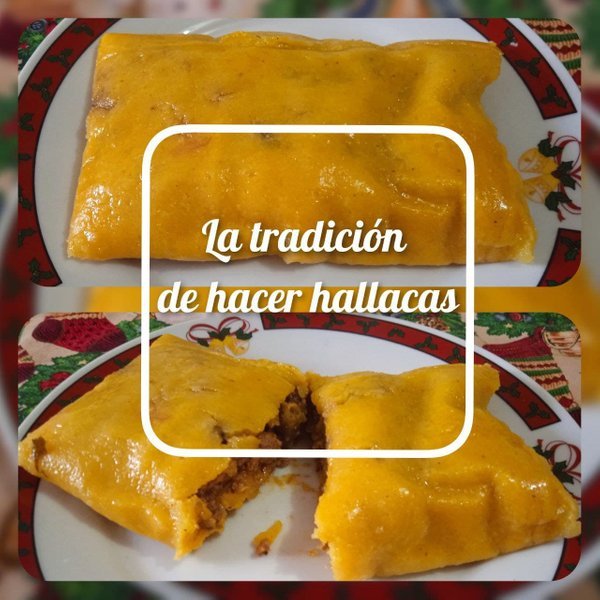

Hacer hallacas es una de las tradiciones que he conservado de mi familia. Mi abuela materna era una de las que siempre decía que era mejor hacer hallacas en casa que comprarlas, aunque eso implicara un gran trabajo. Aprendí con ella. Veía como cada diciembre se organizaba todo en su cocina para comenzar la jornada. Lo primero que hacía era una larga lista de compras para el mercado. Cuando me tocaba acompañarla, siempre lo hacía un poco forzada porque no me gustaba ir al mercado de la ciudad, al viejo mercado. Creo que me daba pena venir con el carretillero que ella contrataba para traer las bolsas desde el mercado hasta su casa. Antes se acostumbraba eso y como vivía cerca, pues aprovechaba el servicio. Luego, ella y la señora que la acompañaba se dedicaban a hacer todo lo demás: Limpiar las hojas, guisar y montar las hallacas. Esa era la parte que yo disfrutaba porque me sentaba muy cerca a comerme las pasas y las aceitunas que tanto me encantan.
Guardo muchos recuerdos de la cocina de mi abuela Josefina. En la época decembrina, nos reuníamos los primos en su casa y nos quedábamos por días allá, ya en la noche, después que mi abuela se acostaba a dormir, íbamos en puntillas para la cocina y nos comíamos una que otra hallaca a escondidas.
Después de grande, formaba parte importante del equipo para hacer hallacas y así guardé sus tips y secretos. Mi mamá me dice que cada vez que prueba una de las mías, rememora el sabor de las que hacía mi abuela.
Yo continué con la tradición y tengo muchos años haciendo las hallacas que se come toda mi familia. Es decir, hago en mi casa y de ahí salen las de mi mamá y de mis hermanos y las de mi suegra.
Mi esposo y yo tenemos todo un ritual para hacerlas. Hacemos dos veces para las cenas: Las de la Nochebuena las hacemos el 22 y las de Año Nuevo, el 29. Y, por supuesto, acompañamos la jornada con música y un vinito. Continuar esta tradición es para mí una devoción. Mi hija también se ha sumado en los últimos años, pero en este no pudo porque emigró. La extrañé mucho a ella y a mí yerno que se había encargado el año pasado de medir y cortar los hilos para el amarre. Así entre copitas de vino, anécdotas y recuerdos del pasado, mi esposo y yo hicimos 57 hallacas.
Making hallacas is one of the traditions I have kept from my family. My maternal grandmother was one of those who always said that it was better to make hallacas at home than to buy them, even if it meant a lot of work. I learned from her. I would see how every December everything was organized in her kitchen to start the day. The first thing she would do was a long shopping list for the market. When it was my turn to accompany her, I always did it a little forced because I didn't like to go to the city market, the old market. I think I was embarrassed to come with the cart driver she hired to bring the bags from the market to her house. That used to be the custom, and since I lived nearby, I took advantage of the service. Then, she and the lady who accompanied her would do everything else: Cleaning the leaves, stewing and assembling the hallacas. That was the part I enjoyed because I would sit very close to eat the raisins and olives that I love so much.
I have many memories of my grandmother Josefina's cooking. At Christmas time, our cousins would gather at her house and stay there for days, and at night, after my grandmother went to sleep, we would tiptoe to the kitchen and eat a hallaca or two on the sly.
After I grew up, she was an important part of the team to make hallacas and so I kept her tips and secrets. My mom tells me that every time she tastes one of mine, she remembers the taste of the ones my grandmother used to make.
I continued with the tradition and for many years I have been making the hallacas that my whole family eats. That is to say, I make them at my house and that is where my mother's, my brothers' and my mother-in-law's hallacas come from.
My husband and I have a whole ritual for making them. We make them twice for dinner: Christmas Eve on the 22nd and New Year's Eve on the 29th. And, of course, we accompany the day with music and a little wine. Continuing this tradition is a devotion for me. My daughter has also joined us in recent years, but this year she could not because she emigrated. I missed her and my son-in-law who had been in charge last year of measuring and cutting the threads for the mooring. So between glasses of wine, anecdotes and memories of the past, my husband and I made 57 hallacas.

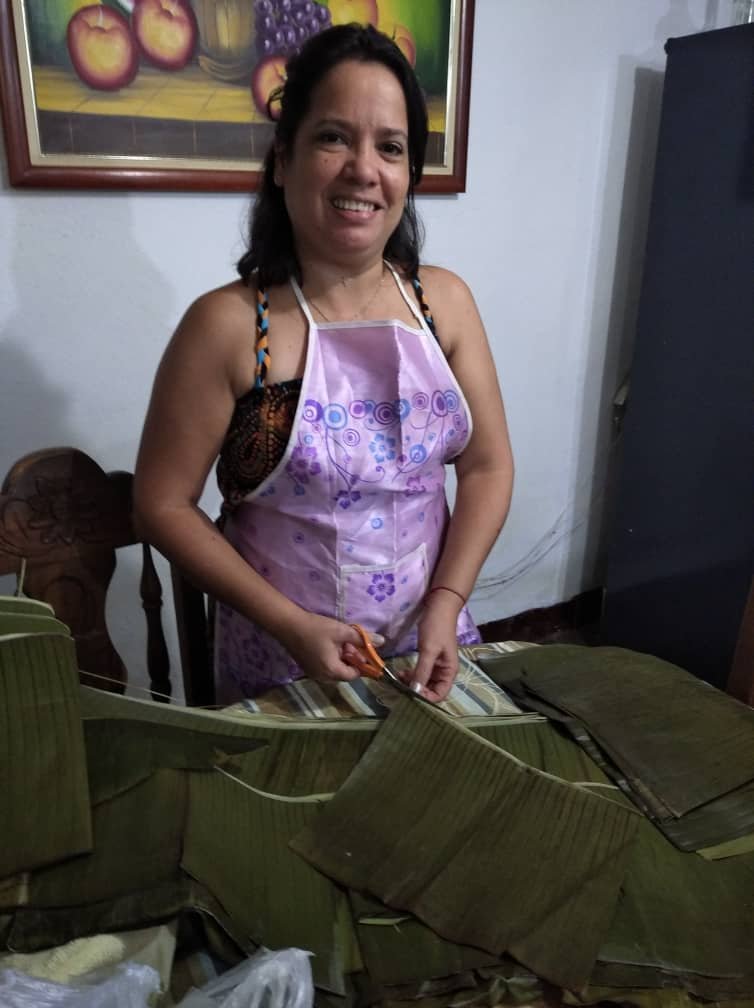
A continuación, les cuento de cómo hago yo el montaje de mis hallacas, después que está listo el guiso (en otra ocasión tomaré fotos para mostrar cómo lo preparo).
El día que dispongo para hacer mis hallacas es el 22 de diciembre. Nos levantamos temprano y guisamos para hacerlas en la noche. Les voy a regalar un tips que yo practico para que la harina se suavice y rinda. Desde temprano en la mañana pongo a remojar, con suficiente agua, un paquete completo de harina y lo dejo todo el día reposando. En la tarde reviso si tiene agua todavía y si no, le pongo un poco más. Esto me permite amasar mejor la masa y, como les digo, la hace rendir.
Luego, limpio las hojas y les retiro la vena para que queden manejables.
En las fotos que siguen, estoy con las manos en la masa. Dejarla remojando, me permite amasar más fácilmente tal cantidad.
Next, I will tell you how I make the assembly of my hallacas, after the stew is ready (another time I will take pictures to show how I prepare it).
The day I have to make my hallacas is December 22nd. We get up early and cook them to make them at night. I am going to give you a tip that I practice to make the flour soft and yielding. Early in the morning I soak a whole package of flour with enough water and let it sit all day. In the afternoon I check if it still has water in it and if not, I add a little more. This allows me to knead the dough better and, as I say, makes it yield.
Then, I clean the leaves and remove the veins so that they are manageable.
In the photos below, I am with my hands in the dough. Leaving it to soak allows me to knead such a quantity more easily.

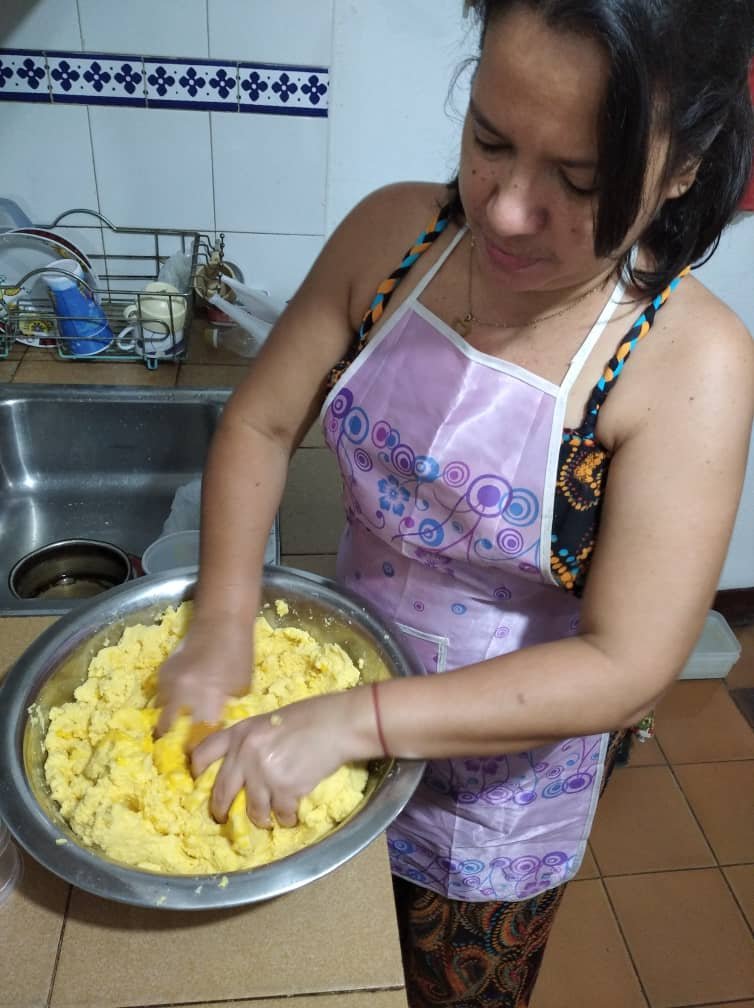
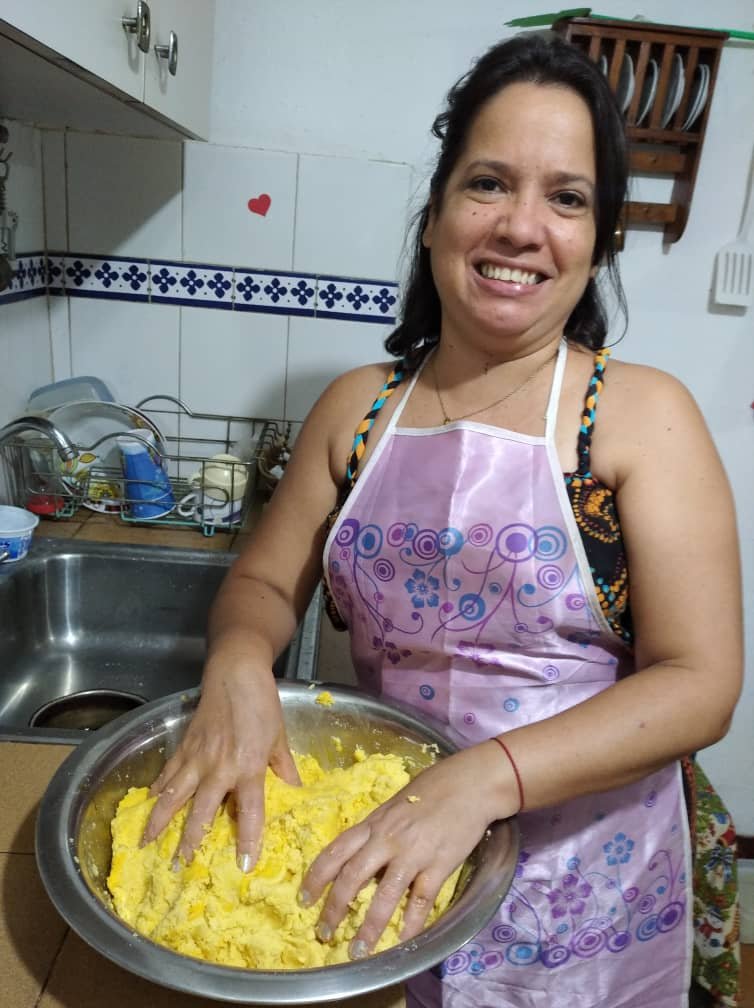

To start the process, I lay everything out on the table and from there, let's get to work.
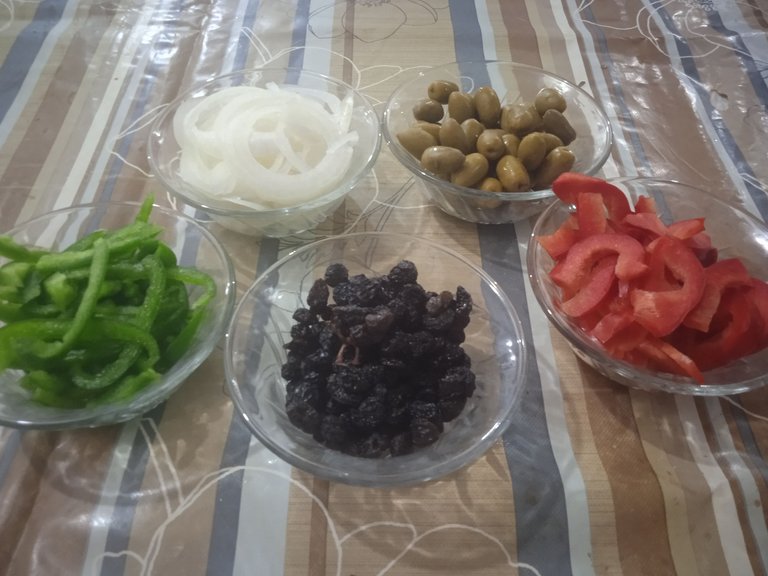

I take a part of the dough and make a ball that I then spread on top of the previously greased cambur sheet.
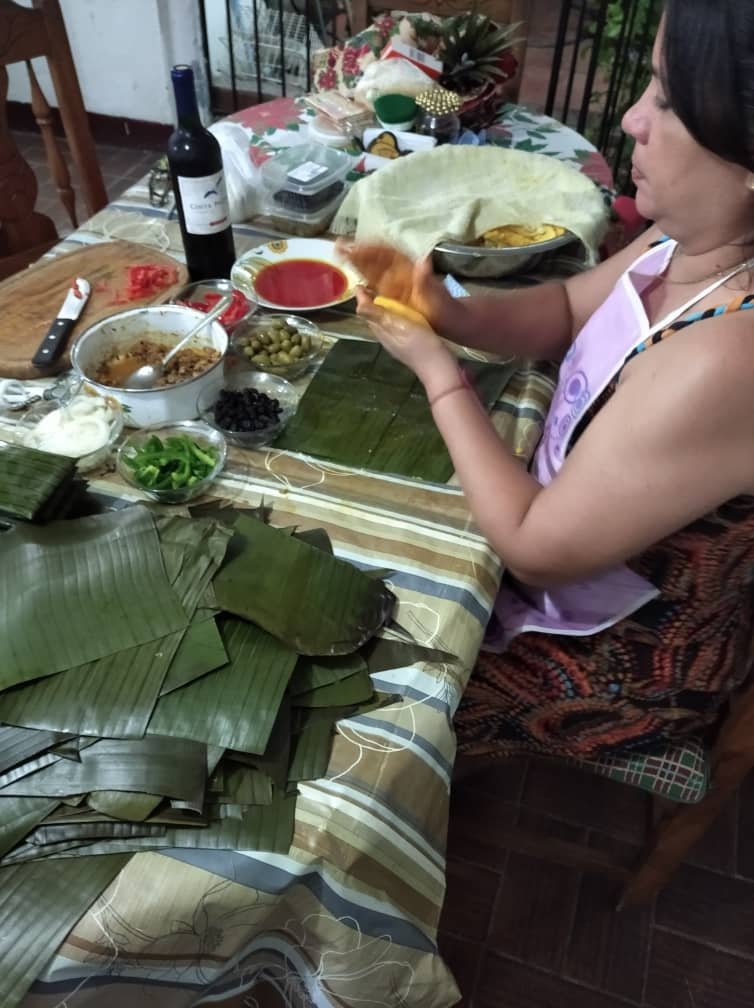

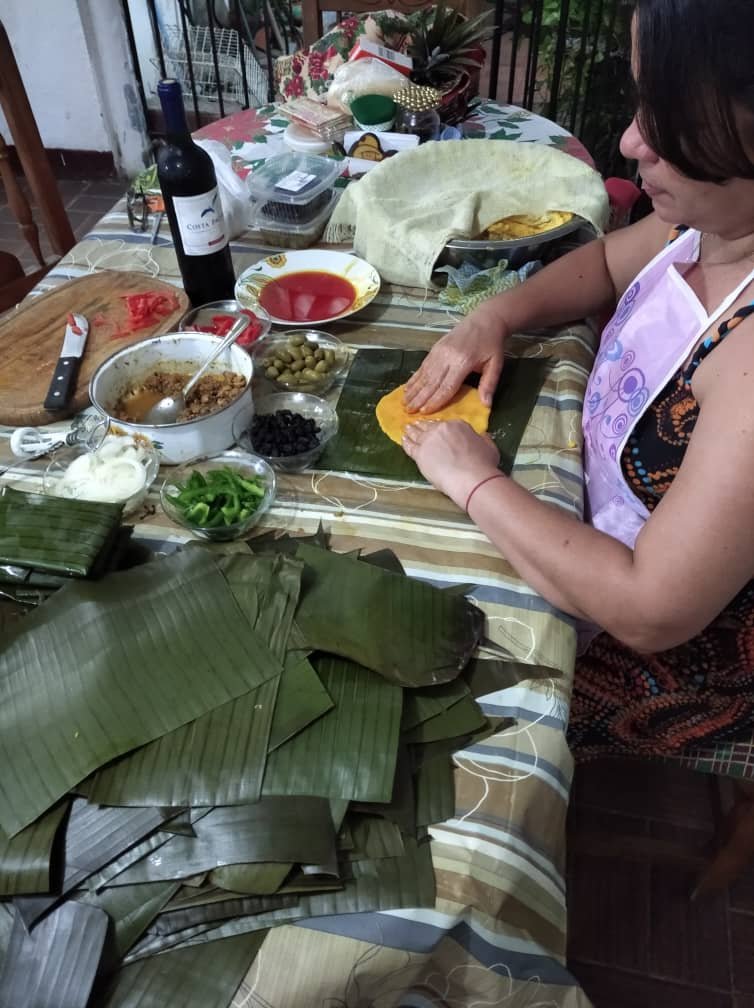

Sigo con el relleno, pongo el guiso y agrego más pasas y aceitunas, pedacitos de pimentón verde y rojo para adornar y cebolla. Muchas personas les pones huevos también, yo a las mías no les pongo.
I continue with the filling, put the stew, and add more raisins and olives, bits of green and red bell pepper to garnish, and onion. Many people also add eggs, but I don't add any to mine.


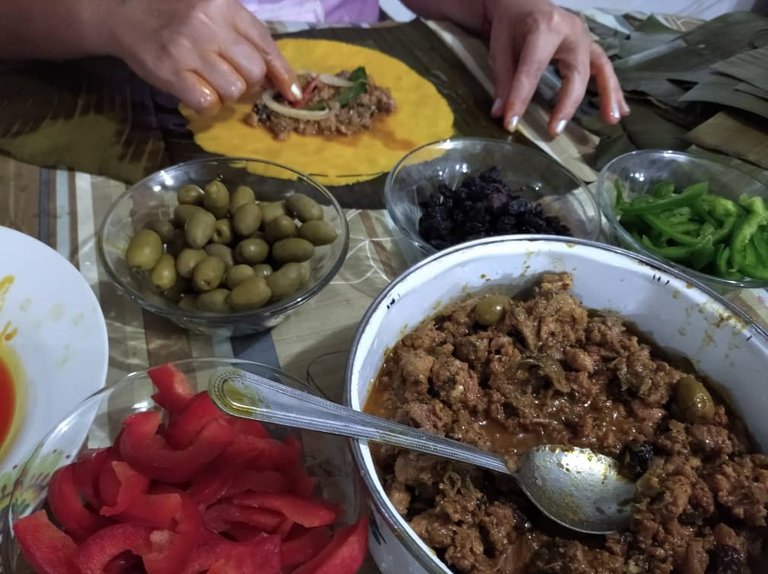



Así queda la hallaca con el relleno, lista para envolver en la hoja.
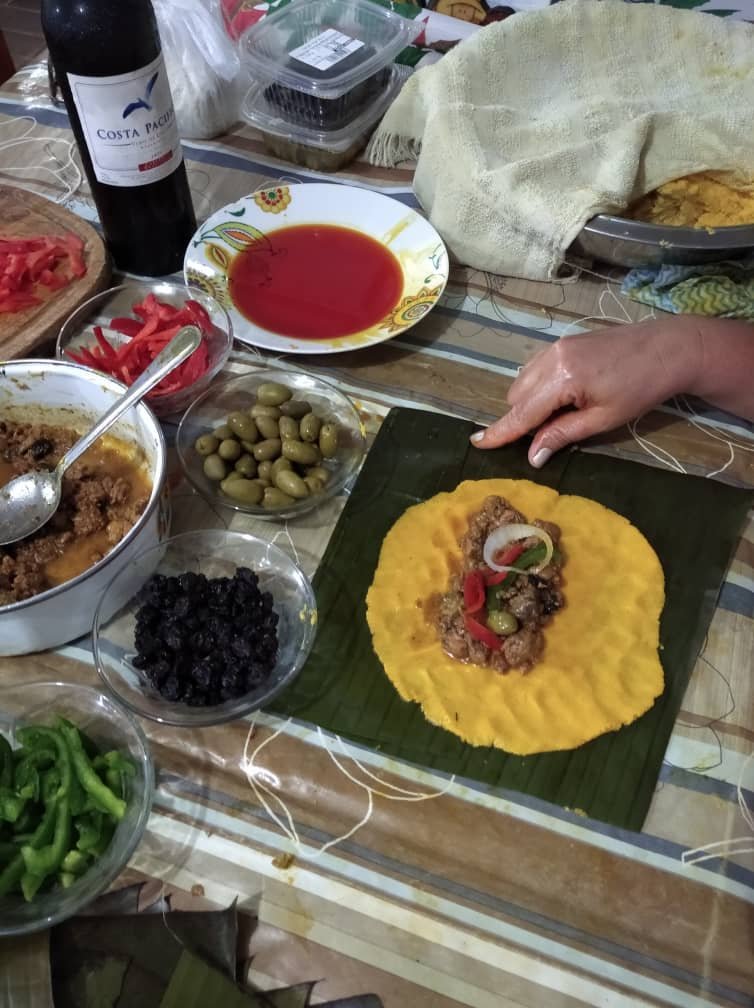

Para cerrar la hallaca a mí me gusta quitarle los bordes, es decir no monto un pedazo de masa encima del cuerpo de la hallaca, me parece que quedan muy gruesas. Así que le quito lo que sobra de cada lado.
En esta foto, mi esposo le dio más protagonismo a las copas de vino ¡jajaja!
To close the hallaca I like to remove the edges, that is to say, I don't put a piece of dough on top of the body of the hallaca, I think they are too thick. So I remove what is left over on each side.
In this photo, my husband gave more prominence to the wine glasses, hahaha!
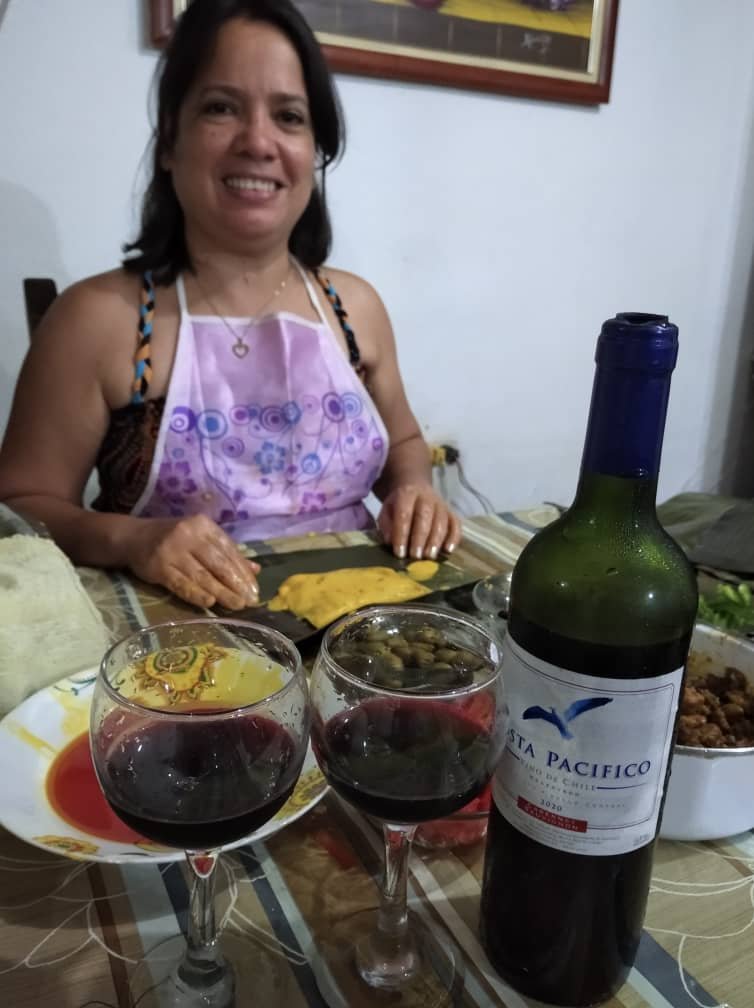

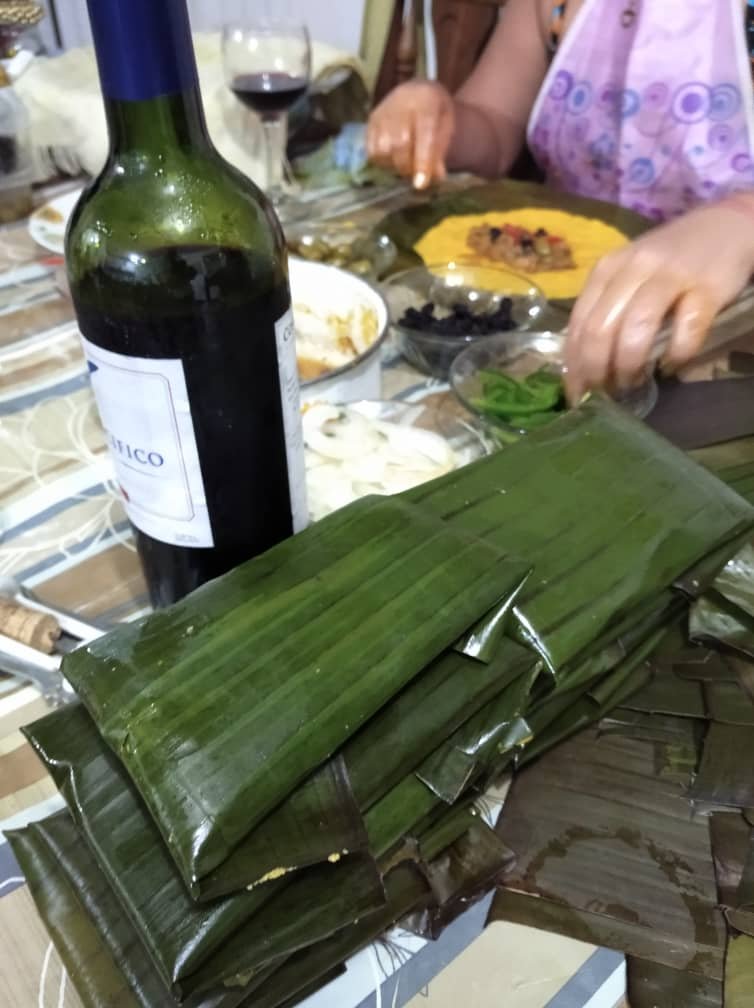

Ya aquí se pueden observar las que están a la espera para amarrar y llevar a cocinar, luego.
Already here you can see the ones that are waiting to be tied up and taken to cook.
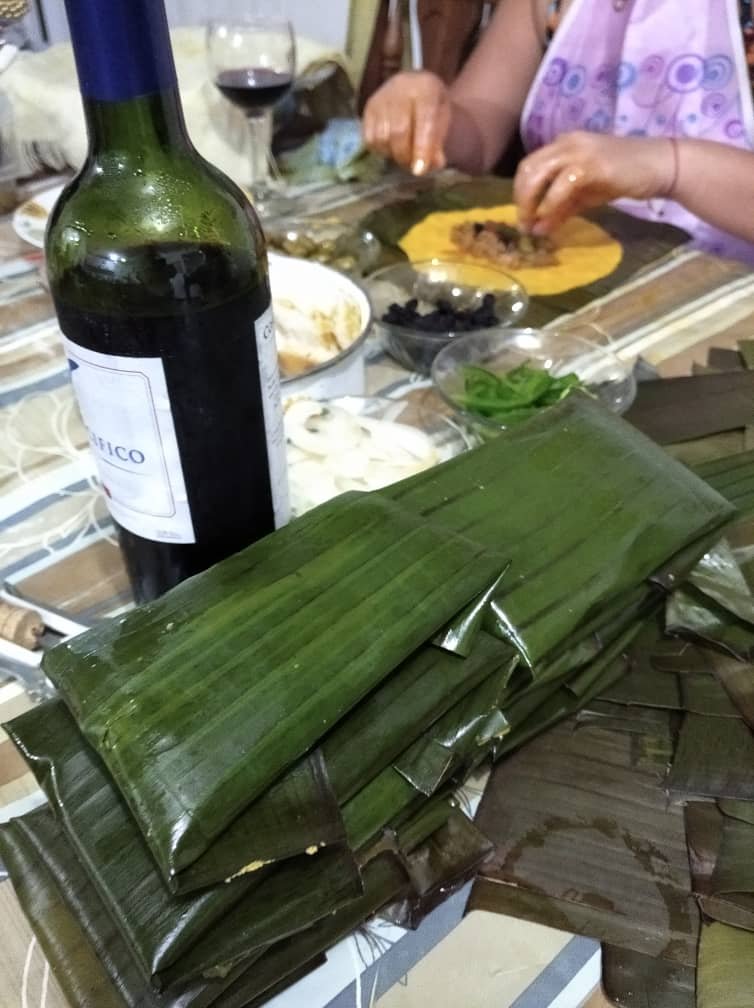

Así quedaron mis hallacas, los comensales de la cena de Nochebuena me dijeron que estaban muy sabrosas.
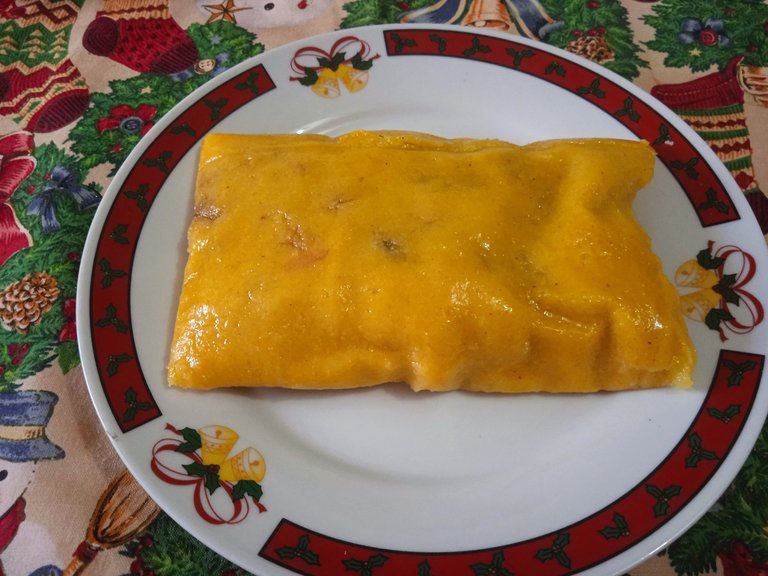

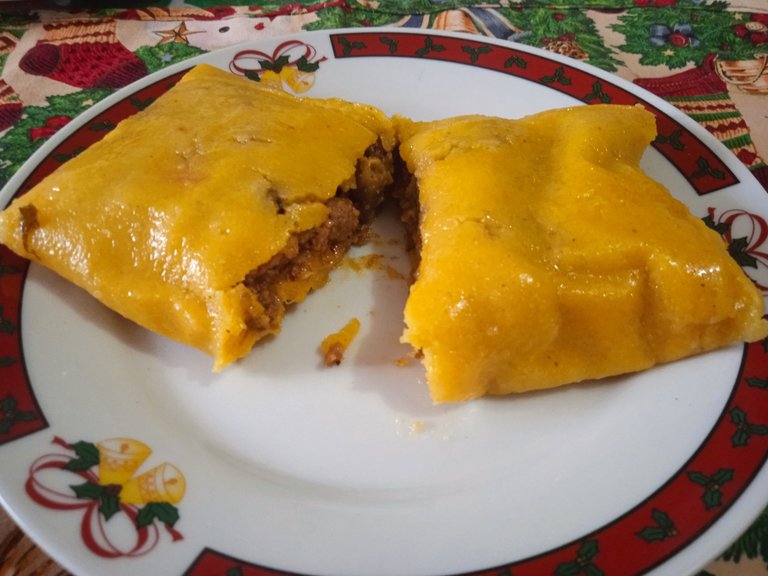

Todo el contenido de esta publicación es contenido original y trabajo creativo personal.Los separadores y el banner son mis diseños en Canva. Las fotos son de mi propiedad, se pueden ver en mis redes o en otras publicaciones.
All the content of this publication is original content and personal creative work, the separators, and the banner are my designs in Canva. The photos are my property, you can see them in my networks or in other publications.

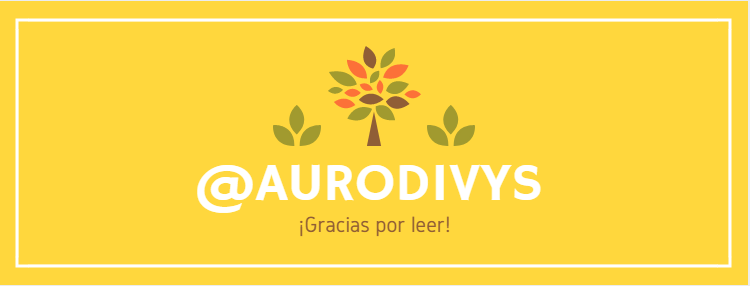
curating" de la Comunidad de la Discordia de @R2cornell.
Muchas gracias por el apoyo.
Feliz Navidad amiga!!! Esas hallacas se ven muy ricas. El año pasado hice mis primeras hallacas, según los comensales quedaron muy buenas. Este año también hice, ya verás mi post por ahí, si el internet me lo permite.
Qué bueno, amiga. A mí me encanta hacerlas y me hace feliz seguir la tradición de la familia que aprendí con mi abuela. Espero ver tu post haciendo las hallacas. Un abrazo, ¡Feliz Navidad!
Hola amiga. Ya lo hice!! Un abrazo
Mi comida preferible👍
Es de los mejores platos venezolanos, también a mí me encanta. Saludos, gracias por tu visita.
wuao amiga @aurodivys te quedo inda l apresentacion y se ven deliciosas. Me estoy entusiasmando para hacer mis hallacas el 27.
Un abrazo,
Amiga, muchas gracias. Me alegra que te hayas entusiasmado y que te animes a prepararlas. Con tu toque de amor seguro que quedarán deliciosas. Un abrazo.
Your content has been voted as a part of Encouragement program. Keep up the good work!
Use Ecency daily to boost your growth on platform!
Support Ecency
Vote for new Proposal
Delegate HP and earn more
Muchas gracias.
Bendita tradición la que han dejado nuestros ancestros…larga vida a la hallaca, pero sobre todas las cosas, a lo que representa este plato en la unión e integración familiar. Felices fiestas amiga.
Así es, amiga. Creo que el amor, la armonía y la unión familiar son ingredientes que se suman al exquisito sabor de las hallacas. Un abrazo de ¡Feliz Navidad!
Thank you for sharing this amazing post on HIVE!
Your content got selected by our fellow curator @stevenson7 & you just received a little thank you via an upvote from our non-profit curation initiative!
You will be featured in one of our recurring curation compilations and on our pinterest boards! Both are aiming to offer you a stage to widen your audience within and outside of the DIY scene of hive.
Join the official DIYHub community on HIVE and show us more of your amazing work and feel free to connect with us and other DIYers via our discord server: https://discord.gg/mY5uCfQ !
If you want to support our goal to motivate other DIY/art/music/homesteading/... creators just delegate to us and earn 100% of your curation rewards!
Stay creative & hive on!
Muchas gracias.